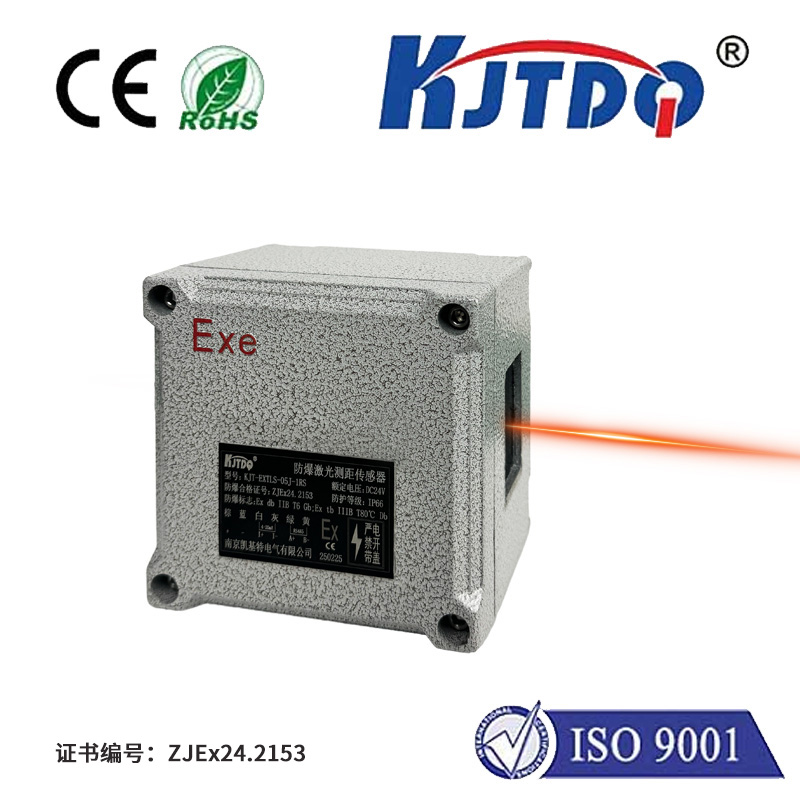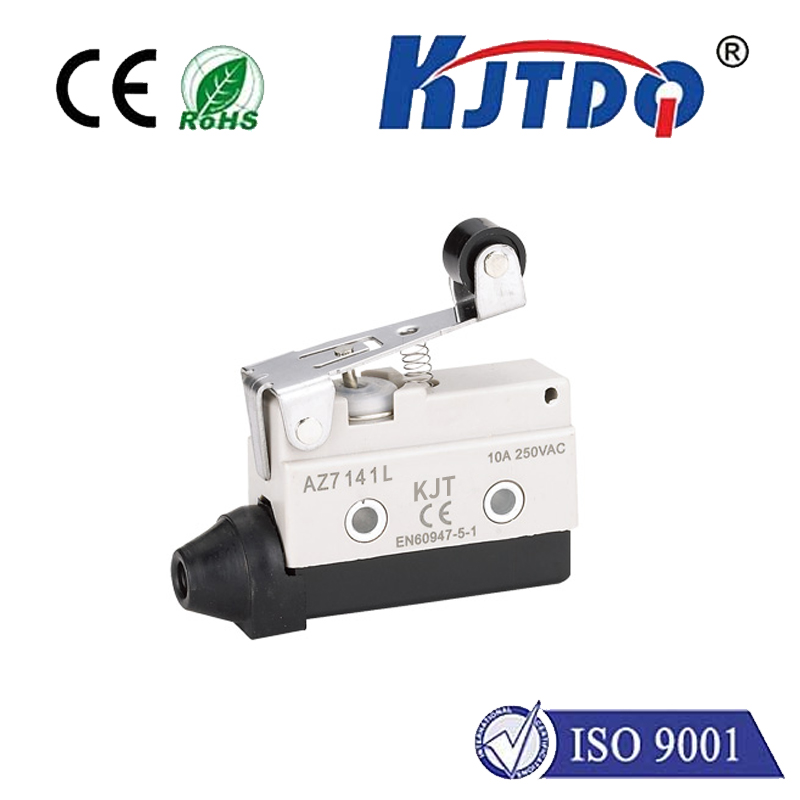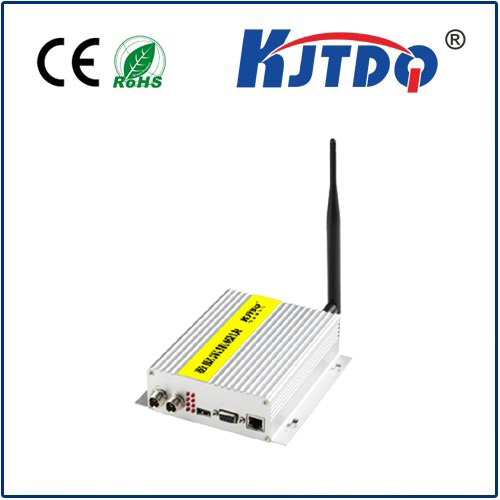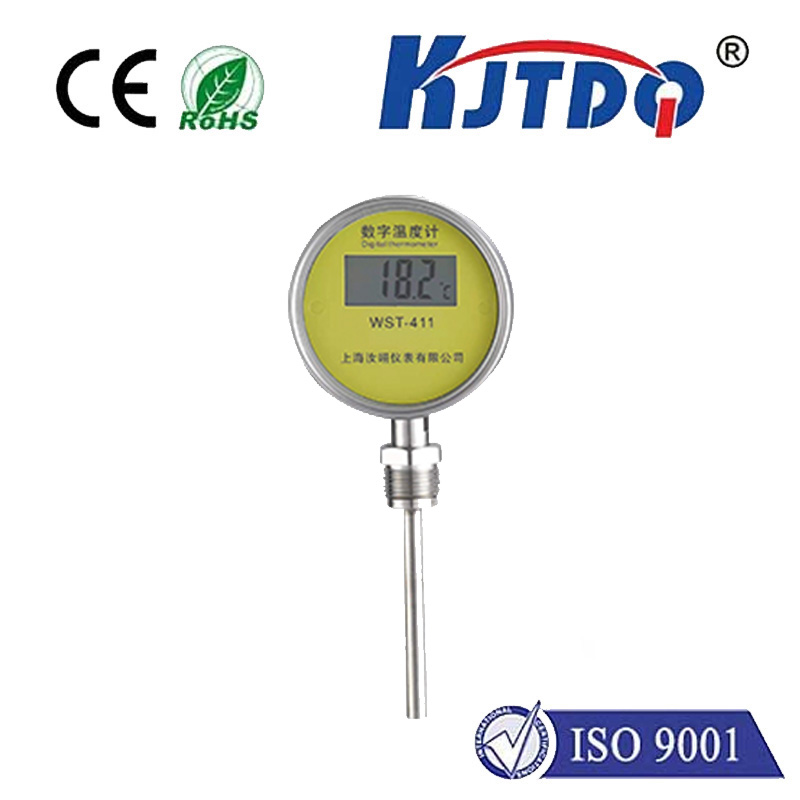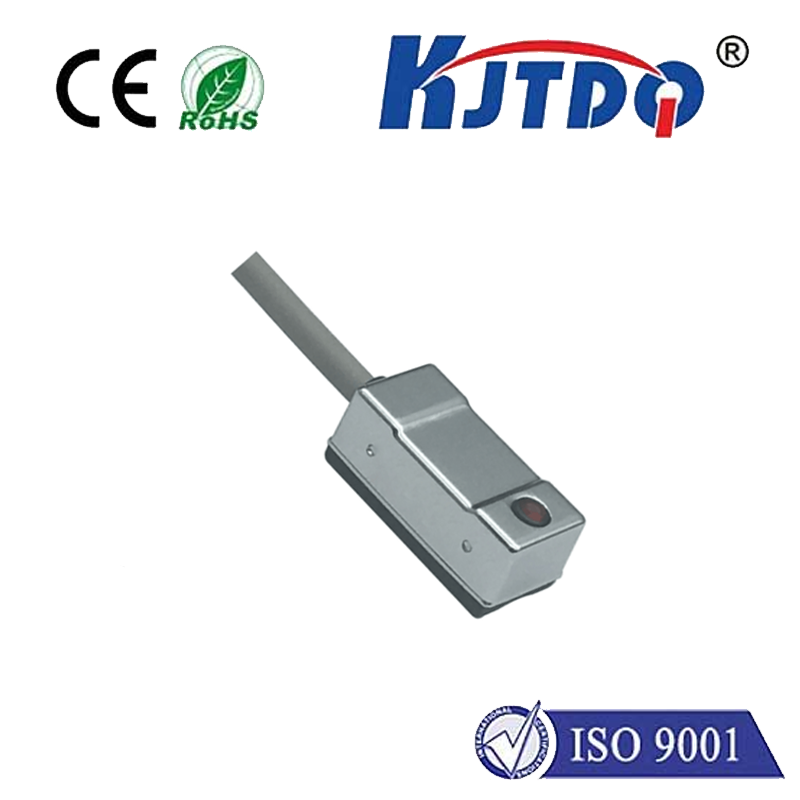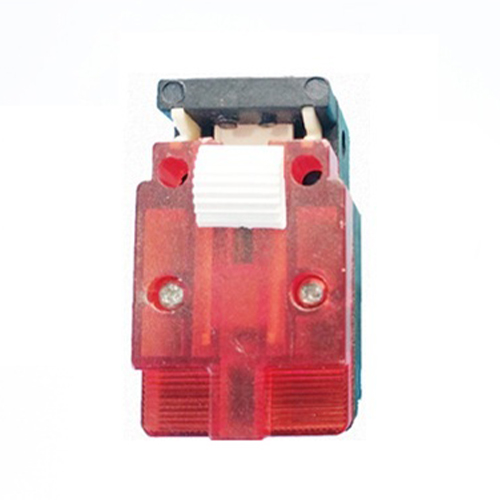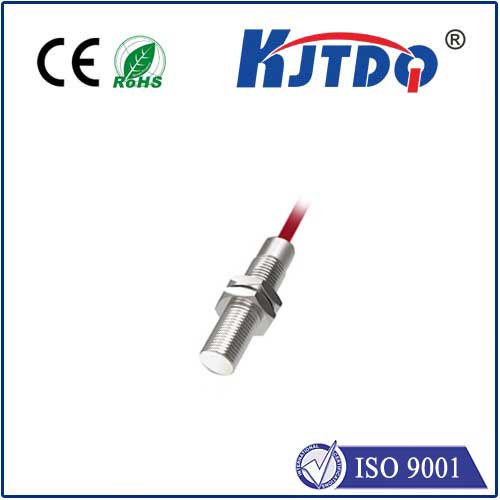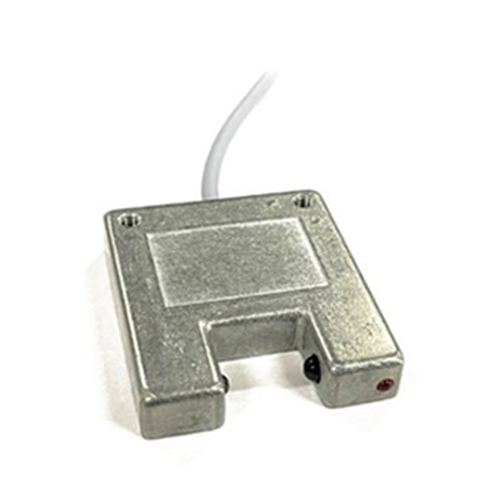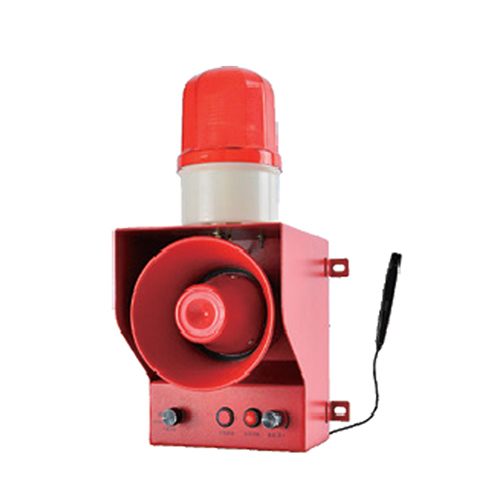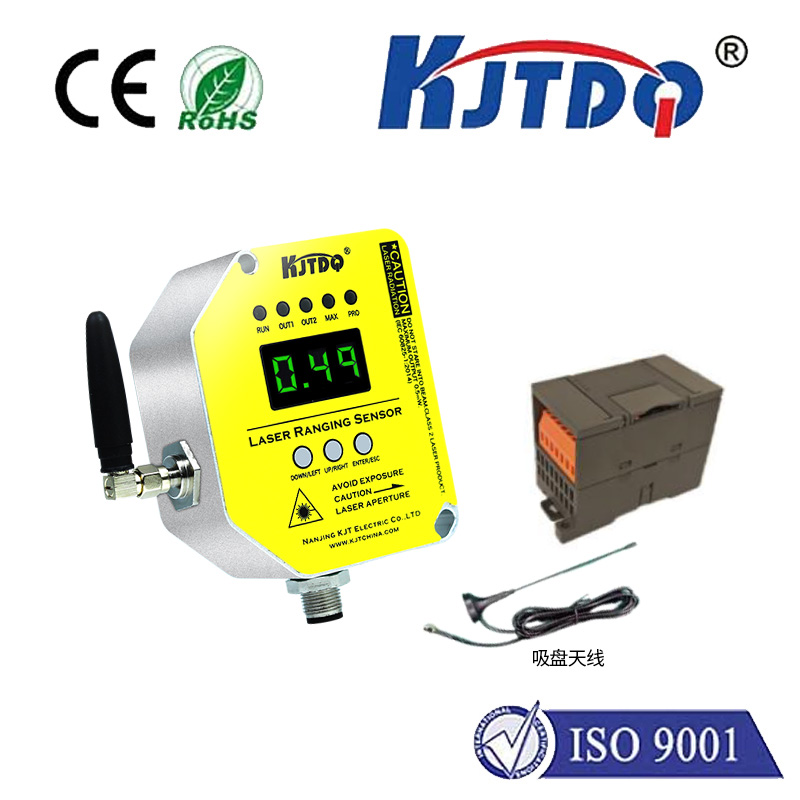digital proximity sensor
- time:2025-06-17 01:30:45
- Нажмите:0
Digital Proximity Sensors: The Silent Sentinels Powering Modern Automation
Imagine a factory floor buzzing with robotic arms, moving with incredible speed and precision. One swings perilously close to a maintenance technician, yet stops abruptly, mere millimeters away. Or picture your smartphone screen dimming as you raise it to your ear during a call. What unseen force orchestrates these near-magical interactions? The answer lies in the unassuming yet critical world of digital proximity sensors. Far more than simple switches, these intelligent detectors form the backbone of countless automated processes, safety systems, and smart devices, offering non-contact object detection with remarkable efficiency and reliability.
Demystifying the Digital Difference: Beyond Simple Presence
At their core, proximity sensors detect the presence (or absence) of nearby objects without physical contact. They do this by emitting a field (electromagnetic, capacitive, or ultrasonic) and monitoring changes in that field caused by a target object entering its detection zone. However, the key distinction lies in the output signal.
- Analog Proximity Sensors: These provide a continuous output signal (like voltage or current) that varies proportionally with the distance to the target object. They tell you how far something is.
- Digital Proximity Sensors: These provide a discrete output signal. It’s essentially an on/off switch. When the target object enters the predefined detection range, the sensor’s output switches state (e.g., from 0V to 24V DC, or “LOW” to “HIGH” logically). They tell you if something is within a certain range.
Think of it like a doorbell camera. An analog sensor might tell you how many feet away the person is. A digital proximity sensor simply tells you, “Someone is at the door.”
Why Digital Output Reigns Supreme for Many Applications

The digital proximity sensor excels due to several inherent advantages that make it indispensable in modern electronics and automation:
- Simplicity & Noise Immunity: The binary signal (on or off) is incredibly easy for microcontrollers, PLCs (Programmable Logic Controllers), and other digital systems to interpret. This reliability is crucial in electrically noisy industrial environments where analog signals can be susceptible to interference. A clean digital signal ensures accurate triggering.
- Cost-Effectiveness: The circuitry required to generate a clean digital output is often simpler and less expensive than the signal conditioning needed for precise analog measurement. This makes digital sensors highly economical for high-volume applications.
- Ease of Integration: Plug-and-play compatibility with digital control systems significantly reduces wiring complexity and setup time. Engineers can quickly implement object detection logic without complex signal scaling or filtering.
- Robustness & Reliability: The focus on a simple switching action often translates to physically robust designs. Many digital proximity sensors boast excellent resistance to vibration, dust, moisture, and electrical noise, making them ideal for harsh environments.
- Speed: Digital switching is typically faster than processing an analog signal to determine a specific distance threshold. This makes them perfect for high-speed counting applications (e.g., on conveyor belts) or rapid safety cutoffs.
Where the Digital Proximity Sensor Shines: Ubiquitous Applications
The combination of simplicity, reliability, and cost-effectiveness makes digital proximity sensors pervasive across countless industries:
- Промышленная автоматизация: The undisputed king of the factory floor. Used for position sensing (confirming a part is in place for machining or assembly), end-of-travel detection on linear actuators or cylinders, object counting on production lines, level detection in bins and hoppers, and safety interlocks on machinery guards.
- Consumer Electronics: That familiar moment your phone screen turns off when held to your ear? A digital proximity sensor. They also detect flip covers or cases closing on laptops/tablets.
- Automotive: Found in vehicle assembly lines for part positioning, and integrated into vehicles themselves for parking assistance systems (those beeping sensors) and detecting gear lever position.
- Security Systems: Used to detect when doors or windows are opened or closed (magnetic reed switches are a type of proximity sensor), or to sense unauthorized access in restricted zones.
- Robotics: Essential for collision avoidance (like our factory robot example), gripper object detection, and navigation (detecting nearby obstacles).
- Home Appliances: Detecting open lids on washing machines or dishwashers, sensing user presence on touchless faucets or soap dispensers.
- DIY & Prototyping: Hobbyists extensively use basic digital proximity sensors (like simple IR or ultrasonic modules) with platforms like Arduino and Raspberry Pi due to their ease of use. For example, building an automatic door opener or a touchless lamp control becomes straightforward.
Common Types of Digital Proximity Sensors
Several sensing technologies deliver the crucial Цифровой вывод:
- Inductive Sensors: Detect metallic objects using an electromagnetic field. Extremely rugged, excellent for industrial metal detection.
- Capacitive Sensors: Detect any material (metal, plastic, wood, liquid, even human skin) by sensing changes in capacitance. Ideal for material level sensing or touchless interfaces.
- Photoelectric Sensors (Diffuse, Retro-reflective, Through-beam): Use light beams (infrared, visible, laser) to detect objects breaking the beam. Versatile for long-range detection or various material types. Many offer digital outputs.
- Magnetic Sensors (Reed Switches, Hall Effect): Detect the presence of a magnetic field generated by a magnet. Often used for positional sensing (door/window contacts) or detecting moving magnets.
- Ultrasonic Sensors: Emit sound waves and detect echoes to sense presence and distance. Often used for distance measurement but frequently configured with a digital output when an object crosses a set threshold (e.g., parking sensors).
Choosing the Right One: Key Considerations
Selecting the optimal digital proximity sensor involves evaluating several factors:
- Target Material: Metal? Plastic? Liquid? Skin? (Determines inductive vs. capacitive vs. other)
- Required Sensing Distance: Millimeters? Centimeters? Meters?
- Operating Environment: Temperature extremes? Dust? Moisture? Chemical exposure?
- Output Requirements: Voltage level (e.g., 5V TTL, 12V, 24VDC), current rating, NPN/PNP transistor type.
- Mounting & Size Constraints: How and where will it be installed?
- Response Speed: How quickly must it detect after an object enters the zone?
- Cost: Budget constraints.
The Unseen Engine of Efficiency
From the complex choreography of robotic assembly lines to the subtle convenience of a smartphone call, digital proximity sensors are the silent workhorses enabling non-contact detection and seamless interaction. Their reliability, simplicity, and robustness make them a fundamental and indispensable component in the landscape of modern automation and intelligent devices. Understanding their

